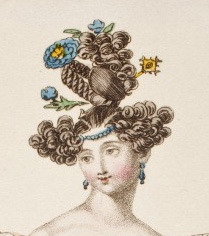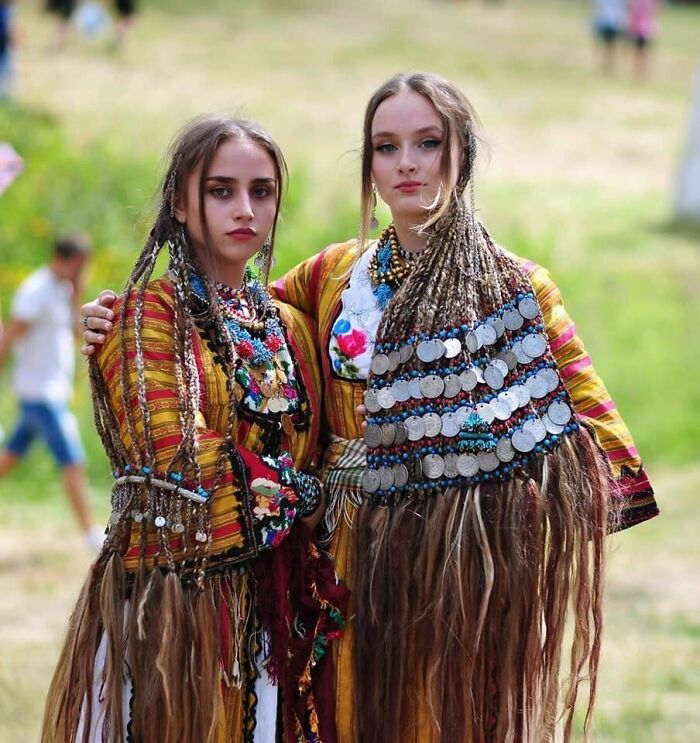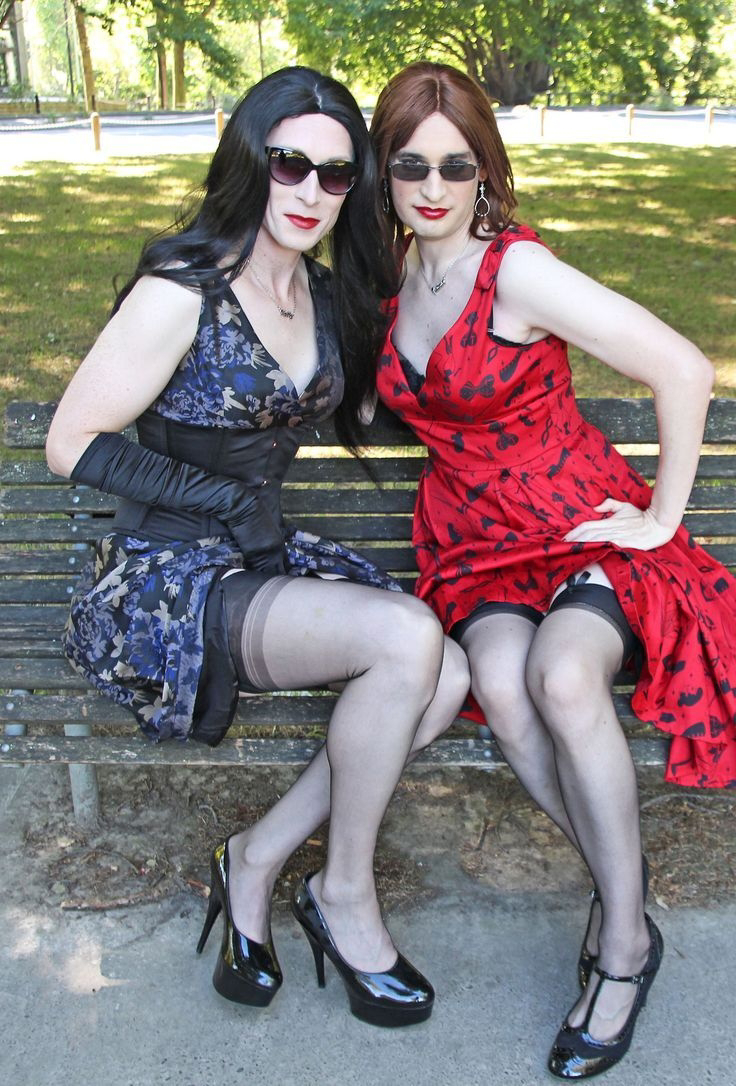Tuesday, 2 July 2024
Professional hairdressing was mostly a men’s occupation ca. 1830, though many ladies’ maids were also used to do a lady’s hair on a day-to-day basis. The professional hairdresser would make house-calls for special occasion hairdos, especially for very wealthy clients, but he also worked out of a brick-and-mortar shop. These hairdressing salons, much like those of today, were usually located in fancy shopping districts, especially the upscale shopping galleries like the Galerie Vivienne or the Passage des Panoramas (more on these in a later post–I love 1830s shopping galleries). The professional hairdresser advertised through fashion plates, which often give the name both of the dressmaker and the hairdresser whose fashions are being featured. There are also fashion plates just for hairstyles or hat styles, which show a front and back view for each. The hairdresser’s art was just that: an art. His hairstyles were living works of art, statues sitting on top of a lady’s head, and he could command fees accordingly. He would be employed either by the very wealthy or for special events. Less wealthy women could have their maids do their hair, or else do it themselves.
The typical process of 1830 hairdressing began by parting the hair into three sections: one shorter one on each side of the forehead and one longer one in the back. The hair’s part is sometimes located in the center, sometimes on the side, and sometimes v-shaped, like this:
The side sections are curled into ringlets with curling tongs (or else with curling papers or cloths), while the back section is yanked (painfully) into those loops and braids and pinned into place. Pomade is used to keep the hair on top and in the back smooth and straight and shiny. Lots of fake hair pieces are used, too, since of course not everyone is equally endowed, hair-wise.
Monday, 1 July 2024
Subscribe to:
Comments (Atom)
-
This summary is not available. Please click here to view the post.
















